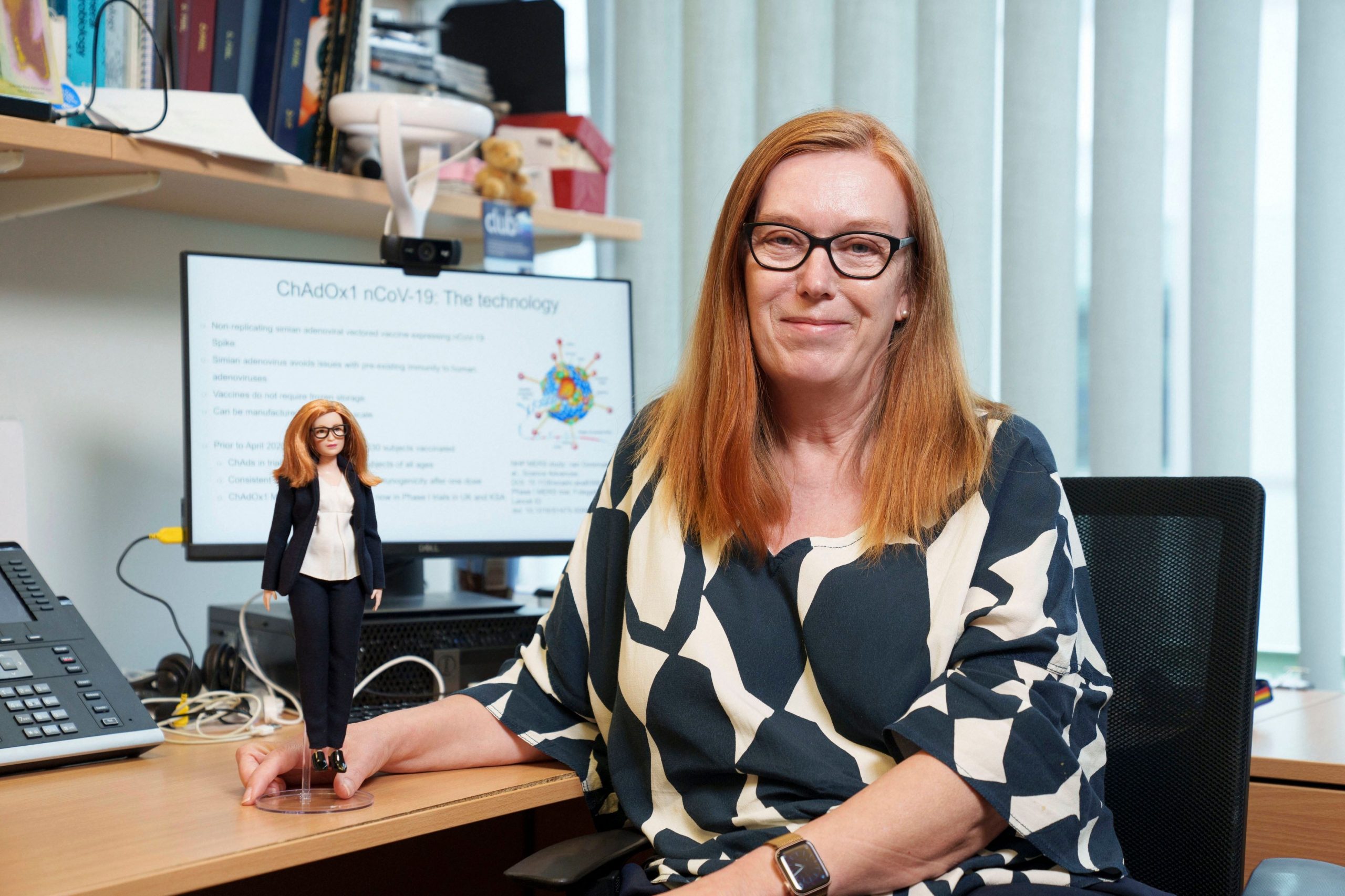Vaccinologist Sarah Gilbert, the scientist behind the Oxford-AstraZeneca coronavirus
vaccine now has a unique honour — a Barbie in her image. Barbie maker Mattel
has created dolls for Gilbert and other scientists to honour them and to
encourage young girls to take up the sciences.
Gilbert, who was recognised with damehood recently, said that she initially
found the creation “very strange” but hoped it would inspire children. “My wish
is that my doll will show children careers they may not be aware of, like a
vaccinologist,” the BBC quoted her as saying.
Gilbert’s Barbie is one of six designed to honour women working in science,
technology, engineering and math (Stem). The others include an Australian medic
who helped create a reusable gown for health workers and a Brazilian researcher
working on biomedicine.
Over the years, toy maker Mattel had come under criticism for creating an
unrealistic image of womanhood through the dolls which became a global trend.
This is Mattel’s way of responding to the criticism and redefining the way in
which the brand is perceived.
In 2016, Mattel released three new types of Barbie in the US — curvy,
petite and tall. In 2017, Mattel introduced the first hijab-wearing Barbie to honour
the first woman from the US to wear the Islamic headscarf while competing at
the Olympics. In 2019, civil rights leader Rosa Parks was made into a Barbie doll.
Mattel now designs toys around careers such as firefighter, astronaut and
doctor in a range of skin tones beyond its original white and blonde doll launched
in 1959. The pandemic saw sale of Barbie dolls rise to a six-year high, as parents
stocked up on toys for their children.
Sarah Gilbert, who now has a Barbie in her image, began designing the
coronavirus vaccine in early 2020 when COVID-19 first emerged in China. The
vaccine made by her, the Oxford-AstraZeneca jab, is now the most widely used
vaccine in the world with doses going to more than 170 countries.







